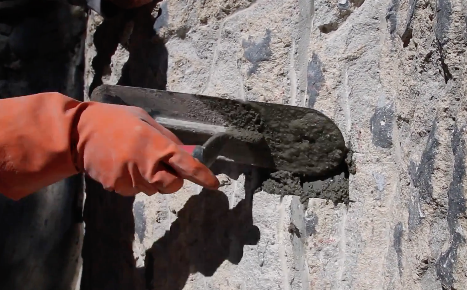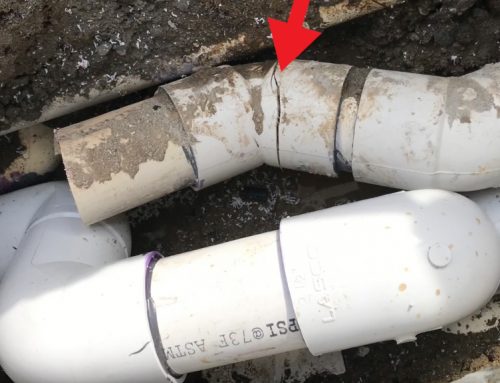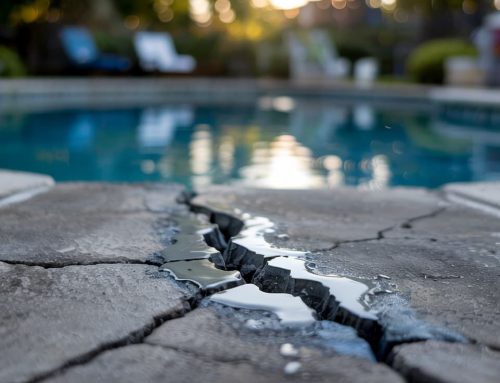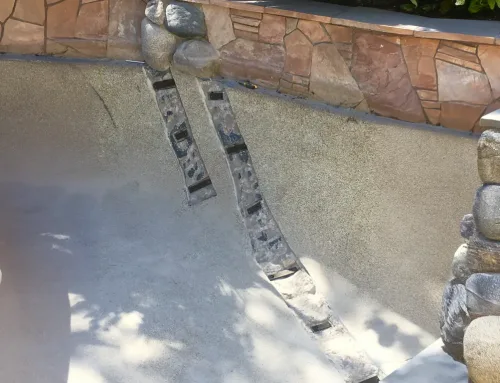A question that Torque Lock CEO and Founder Darren Merlob is frequently asked regarding installing Torque Lock structural staples is: “Do I Need to Fill in the Cracks Between Torque Lock Staples?”
Do I Need to Fill in the Cracks Between Torque Lock Staples?
By installing and countersinking the Torque Lock Staples and torquing them down, you create up to 5000 lbs of compression torque per staple installed thus stabilizing the crack. Once this is complete, you can fill in the crack. The cracked area between staples should be opened slightly and contractors should apply hydraulic cement to the cracked areas. Covering the staples with hydraulic cement seals the crack. Please note that hydraulic cement does not stabilize the crack, that’s the job of Torque Lock staples.
If you’ve watched our Torque Lock Installation videos, you will see that we typically fill in the crack with the same hydraulic cement that we use to cover the staples and window cutouts for the setbacks of the staples.
Can I Use Expoy Injections with The Torque Lock System?
Many contractors have also asked if they can use an epoxy injection along with the Torque Lock system. The answer to that question is “yes.” Epoxy injection, like hydraulic cement, does not stabilize the crack however if you feel more comfortable with an epoxy injection, make sure you install Torque Lock Staples first, then inject the epoxy in the crack and cover the staples and the crack with hydraulic cement.
The final step is the topcoat or pool finish. In swimming pool applications, contractors can generally match the topcoat with the rest of the pool. For retaining walls and sea walls, most professionals go with a special mix or mortar finish. As for basement walls, contractors typically try to match whatever existing finish there is.
For questions, call (818) 436-2953 or visit www.torque-lock.com. You can also watch demonstration videos on our YouTube Channel for free.






